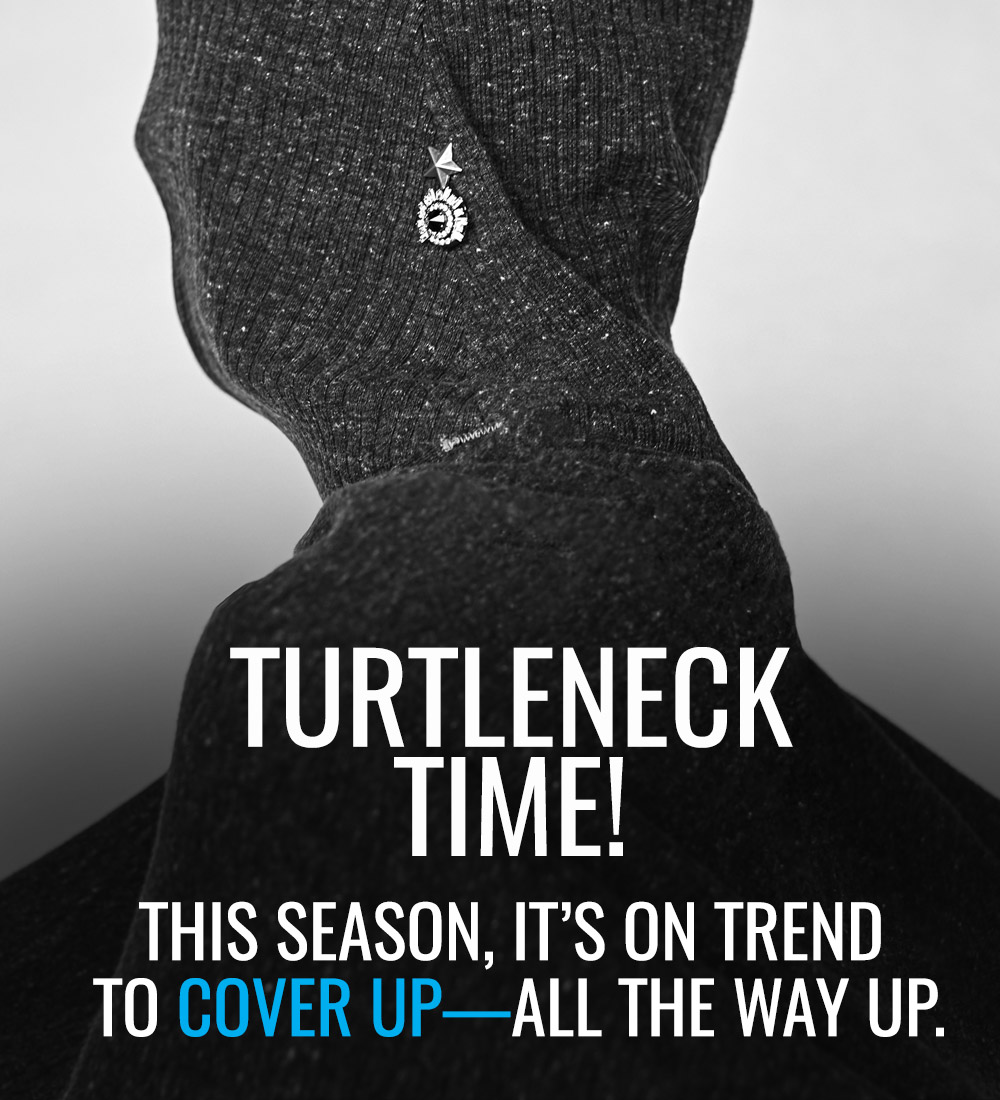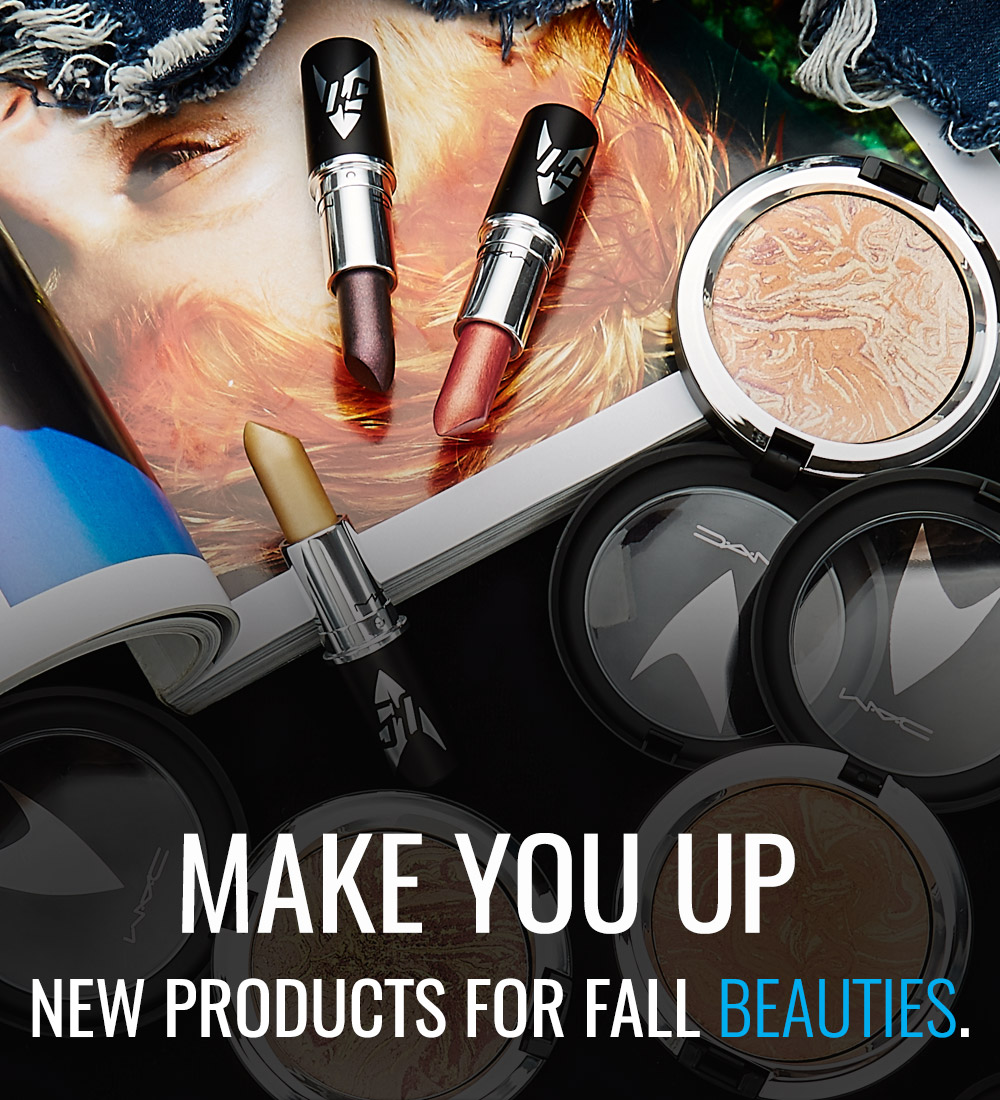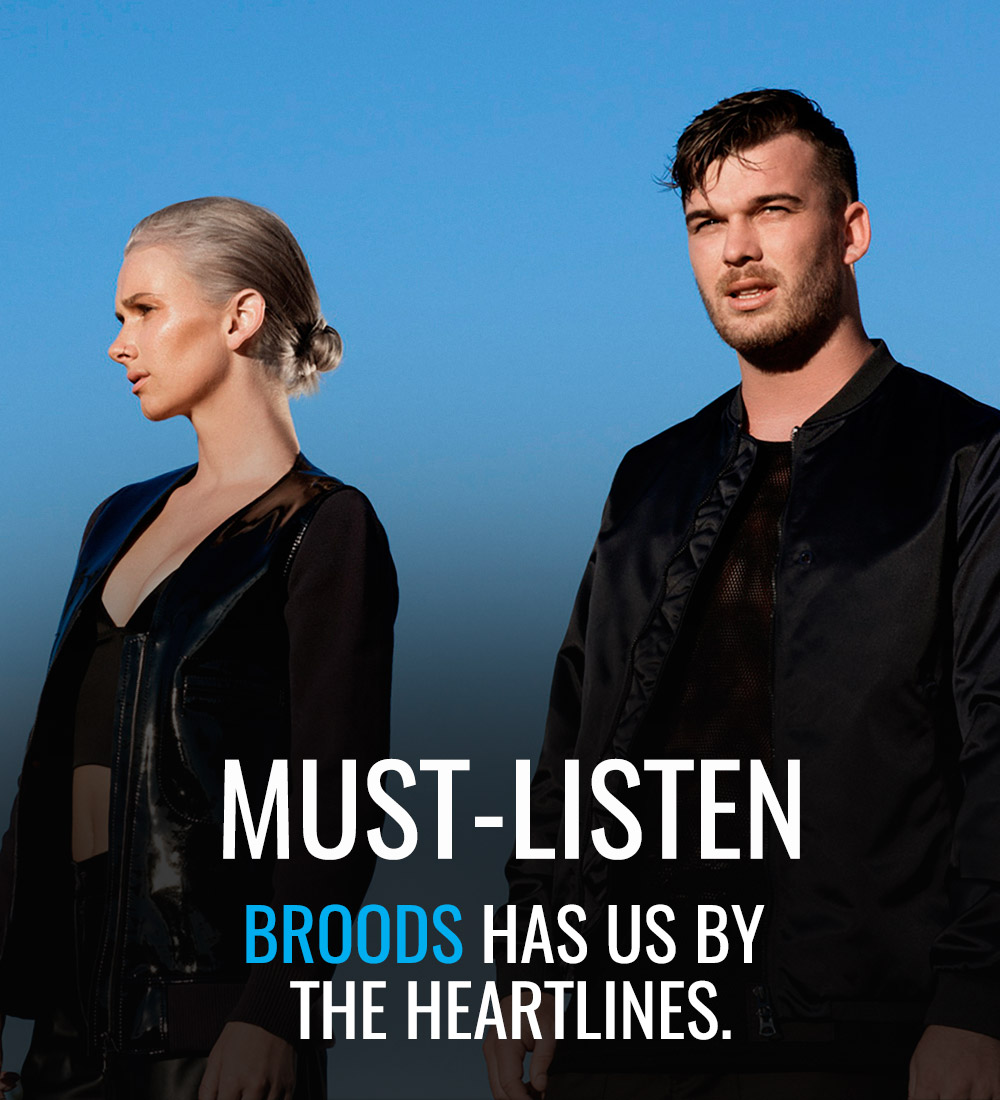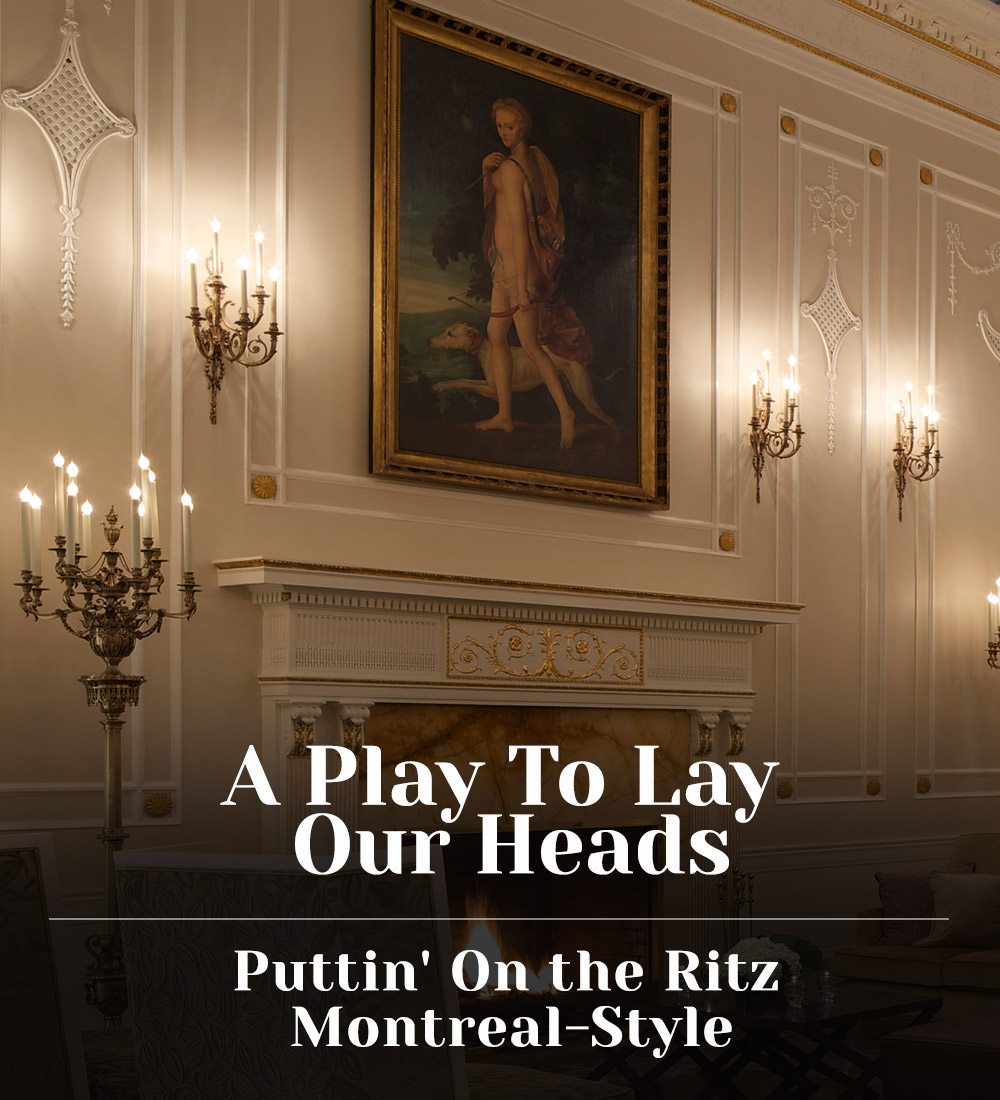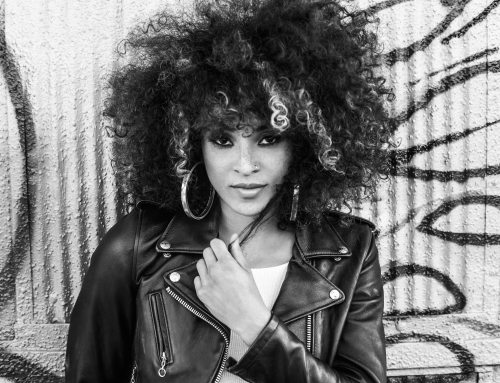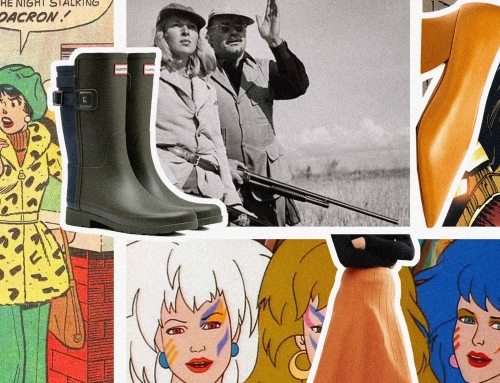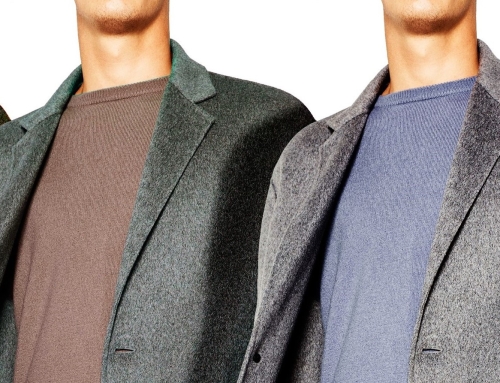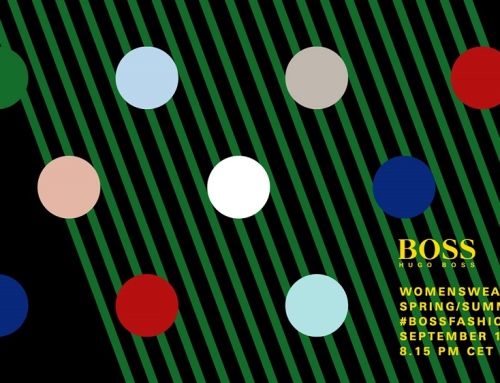Inspired by the unassuming glamour of the everyday, this year’s Art of Fashion design competition and fashion exhibit embraces the basics with its presentation of “RAW.” Inviting young fashion designers across the country to demonstrate their talent for the fundamental elements of the craft, the 10 designers that have been selected to represent the 2012 crop of contestants will put their collections on display for the public to judge come September 29th.
Join FILLER at Hazelton Lanes (oval square, lower level) for the main event, and vote for your favourite designer. To tide you over till then, we’ve rounded up interviews with our top three picks from the competition to give you a taste of what awaits you Saturday.

What inspired you to enter into design, and when did you first begin your career?
I’ve always taken things apart and tried to make them suit my aesthetic, so I’ve been working with clothing in that sense since I was a child. I used to cut apart my Barbie’s clothing and hot glue them into new outfits, and my mother used to make my sister and I’s clothes when we were young, so I’ve been fortunate enough to have a lot of childhood experience. I started working on collections halfway through high school, however I didn’t really start designing with a clear purpose until I went on student exchange to Auckland, New Zealand. I’ve always been interested in how garments can alter the look of the female body, and in that way, the body always inspires me.
The design process is an extensive one, from the illustration all the way to the final garment. What is it that you like most about designing, and what do you like least?
I love experimenting in design. I love that one has the ability to have all of these ideas and that there is a long process of figuring out what works and what doesn’t work. I’m also a big fan of research, so I love reading up on new techniques and innovations in pattern drafting and garment design, and attempting to incorporate that into how I work. I do like most all aspects of designing, however I’ve learned that I am definitely not as suited [for] two-dimensional design.
To date, what has been the proudest moment in your career as a designer?
I think to date having my graduating collection featured for sale on a UK-based website [Perry Nelvill] has been one of my proudest moments.
In a nutshell, how would you define the overall aesthetic of your designs?
My designs are usually very angular, and typically try to accentuate the female form without being overtly sexual. My dad has told me that my collections are usually very sensual, but also a little scary in a sense. I like that idea, having something that is visually appealing, but also a little threatening, or unexpected. I am mostly inspired by my own experiences, and by trying to meld these with ideas I come across in books and film.
Which designers inspire you, and are these also whom you would compare your designs to?
I’m a big fan of Rick Owens, Alexander McQueen, Dries van Noten, Damir Doma, Rei Kawakubo and Yohji Yamamoto. I try not to compare my designs or aspire to be directly like any other designers, as I want to distance myself from becoming derivative, however these designers have been very influential on my aesthetic and work ethic.

What is your favorite material to work with?
I’m a huge fan of leather, the smell and [the] feel of working with it is worth the hassle of working with it. I’m also a big fan of silk chiffon (another horribly difficult fabric to work with) and wool cashmere blends. I like a bit of luxury in my fabrics.
Do you gravitate more toward womenswear? If so, why? Do you feel that menswear is a harder market to break into?
I do gravitate towards women’s wear, simply because the menswear that I like or that I would design is the type that would be bought more by women that purchase men’s wear than men. I like to try and meld the two in my work, and have a bit of a masculine edge in my garments, yet keep everything very conscious of the wearer. Some of my garments would probably be a bit too fussy for many men. I am however planning on working on some menswear pieces in the near future, and have done a few custom pieces. Ideally I’d love to obliterate the gender issue in my garments and do more androgynous collections.
How does your “RAW” collection differ from your past designs?
I originally applied for this year’s competition because the theme directly fits with the aesthetic of my other designs. I like to keep things a little rough around the edges in my work, and though I tend to use luxury fabrics like silks, leathers and cashmere blends I attempt to keep the garments grounded by ensuring that they are structured enough to last a while. I love technique, and have spent roughly the past year and half really delving into my own process, and learning as much as I can about pattern reconstruction and new methods of garment construction. The brief for RAW had a strong pull towards technique, and this is mainly what pushed me to apply, as I find myself to be a very technique driven designer.
Designers are split when it comes to the question of whether fashion is a form of art? What is your opinion?
I believe that fashion can be an art form, just as some people may paint, sing or dance to express themselves many people dress in a certain way to express their innermost feelings. I personally use fashion design as a method to express my creative vision, however I don’t think the fashion industry is necessarily suited to “sensitive torture artists.” Art is a very subjective term, but personally I feel as though there are definitely aspects of fashion that can be considered art.
There are many paths you could take as a designer aside from starting your own design house; what direction do you currently intend to take?
I’m looking to learn as much as I can from other designers before being able to launch out on my own. I’m not necessarily looking to launch a design house per se, more so just being able to support my vision and myself with my own company. Of course the dream is to strike out on my own and create an atelier that would be self-sufficient.
Page 1 of 3 >>




